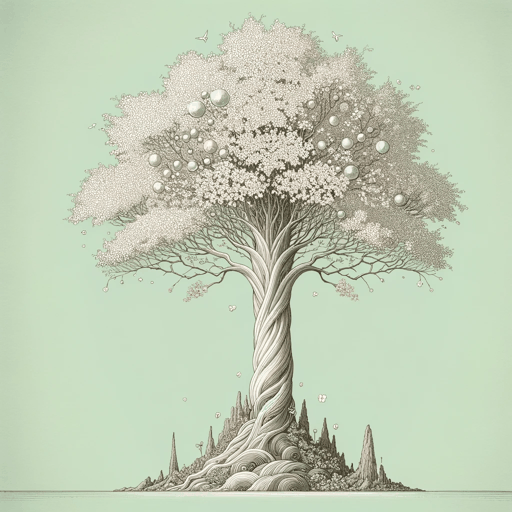28 pages • 56 minutes read
Oscar WildeThe Selfish Giant
Fiction | Short Story | Middle Grade | Published in 1888A modern alternative to SparkNotes and CliffsNotes, SuperSummary offers high-quality Study Guides with detailed chapter summaries and analysis of major themes, characters, and more.
Story Analysis
Analysis: “The Selfish Giant”
As a story written for children, “The Selfish Giant” employs a straightforward style so that even the youngest readers can understand its basic moral, which stresses the importance of charity. The Giant’s selfishness, for example, furnishes the story’s title and attracts frequent and explicit commentary from both the narrator and other characters. His character arc emerges from this context, and as he learns to share with and help others, his relationship to his garden likewise changes; he learns to love it not as his property, but for the happiness it brings to others.
This message unfolds within a Christian framework that would also have been familiar to young Victorian readers, and the story is one of Wilde’s most unambiguously Christian texts, employing relatively uncomplicated biblical allusions. The Giant’s garden in spring, with its lush vegetation and abundance of flowers, resembles the Garden of Eden in the Book of Genesis. Like Adam and Eve, the children who play in this garden are characterized by their innocence, as the Victorians believed children were born innately good; the children’s connection to spring, which disappears when the Giant evicts them, underscores their purity.
Related Titles
By Oscar Wilde

An Ideal Husband
Oscar Wilde

A Woman of No Importance
Oscar Wilde

De Profundis
Oscar Wilde

Lady Windermere's Fan
Oscar Wilde
.webp&w=3840&q=75)
Lord Arthur Savile's Crime
Oscar Wilde

Salome
Oscar Wilde

The Ballad Of Reading Gaol
Oscar Wilde

The Canterville Ghost
Oscar Wilde

The Decay of Lying
Oscar Wilde

The Importance of Being Earnest
Oscar Wilde

The Nightingale and the Rose
Oscar Wilde

The Picture of Dorian Gray
Oscar Wilde

The Soul of Man Under Socialism
Oscar Wilde

